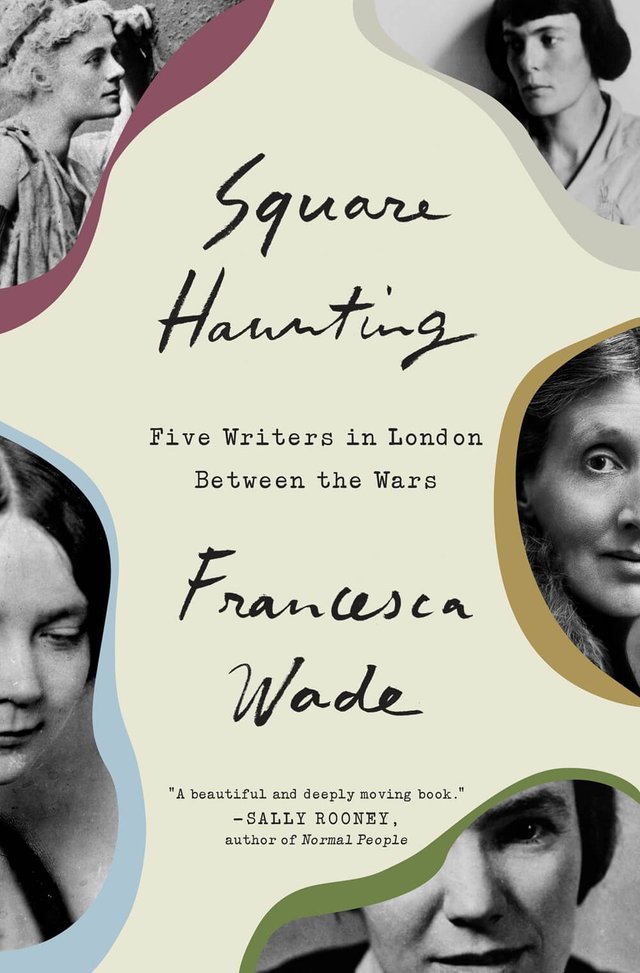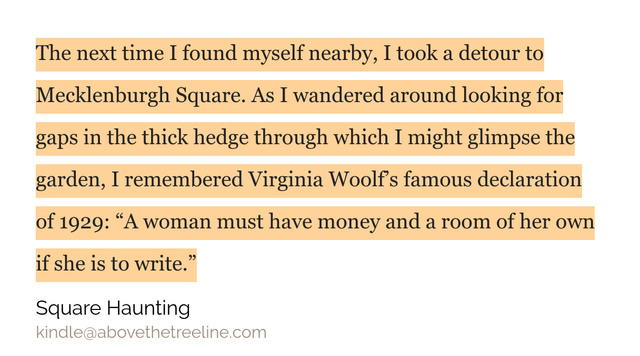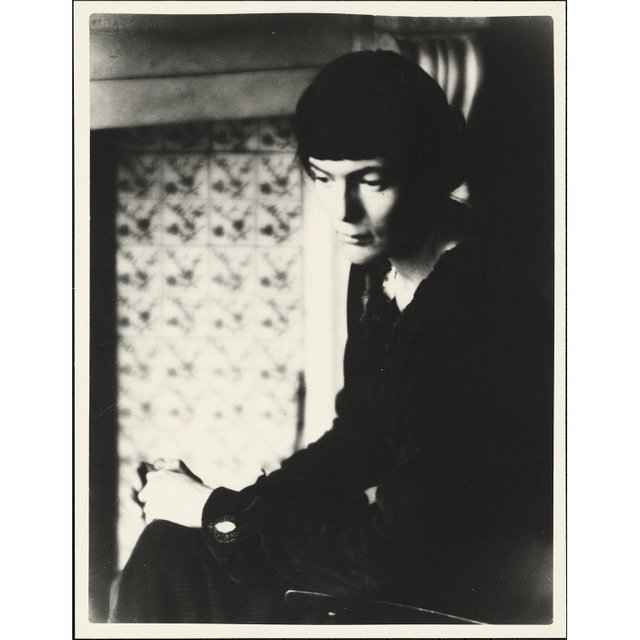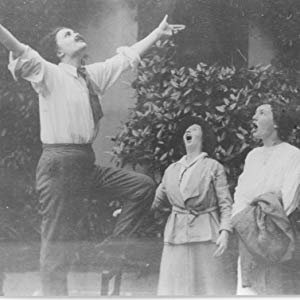

This book focuses on five female writers, all grossly neglected and influential. All of them bridged many abysses to fight prejudice in different forms, e.g. misogyny and various forms of anti-scientific drawl, but this book focuses on their progress in different fields.
This book made me discover absolutely wondrous writers, mainly H. D., Dorothy L. Sayers, and Jane Harrison.

H. D. photographed by Man Ray, 1925.
An 1862 article entitled “Why Are Women Redundant?” suggested that girls should be deported to the colonies to seek husbands there, or be taught flirtation by prostitutes; otherwise, the author warned ominously, these women might, “in place of completing, sweetening, and embellishing the existence of others,” be “compelled to lead an independent and incomplete existence of their own.”
All of the writers in this book were at one point in their lives situated in Mecklenburgh Square, a spot in the heart of London. It turned into a more deconstructed and anarchistic version of a Bloomsbury group, while not only making female writers a room of their own, but an entire palace.
For Dorothy L. Sayers, who set several crime novels in the area, Bloomsbury was a violent underworld where “people are always laying one another out,” and where “births and drunks and wife-beatings are pretty common”; in Margery Allingham’s 1938 story “The Case of the Longer View,” Bloomsbury is “a sort of halfway house. If you lived here you were either going up or coming down.”

Dorothy L. Sayers (left) as Sir Hugh Allen in the Going-Down Play of 1915.
Sayers was well known to her friends for her penchant for “extravagant indoor headgear” and her long earrings featuring a parrot perched in a gilded cage. Later in life, Sayers would ride a motorbike and dress in masculine attire (“If the trousers do not attract you,” she insisted in an essay, “so much the worse; for the moment I do not want to attract you. I want to enjoy myself as a human being.”). Even at this age, when others at Somerville were more interested in meeting husbands than in scholarship, she was eager to rebel against the norms of femininity, aware that conformity might curtail her creative ambition.
Dorothy L. Sayers was clearly a person devoted to work. Her affairs of the heart turned other ways entirely, but her creation Lord Peter Wimsey, her copywriting skills, and her writing all gave way to many writers.
“One thing I think ought always to be said to young people, and it is this,” wrote Sayers to a correspondent in 1944. “Youth is an unsatisfactory period, full of errors, uncertainties and distress. You will grow out of it. What’s more, you were meant to grow out of it, into something more mature and satisfactory. Don’t let middle-aged people get away with the story that this is the best time of your life and that after it there is nothing to look forward to … Go on doing the thing you think you ought, or want, to be doing at the moment, and at about 40 you may discover that you actually are doing it and settle down to enjoy it.”
There is much to learn in the pages of this book, and it makes for an extraordinary walk through the first part of the twentieth century. It's a good thing that our guides are ushered by Francesca Wade, a true logophile and tactful biographer.
Posted from my blog with SteemPress : https://niklasblog.com/?p=24083